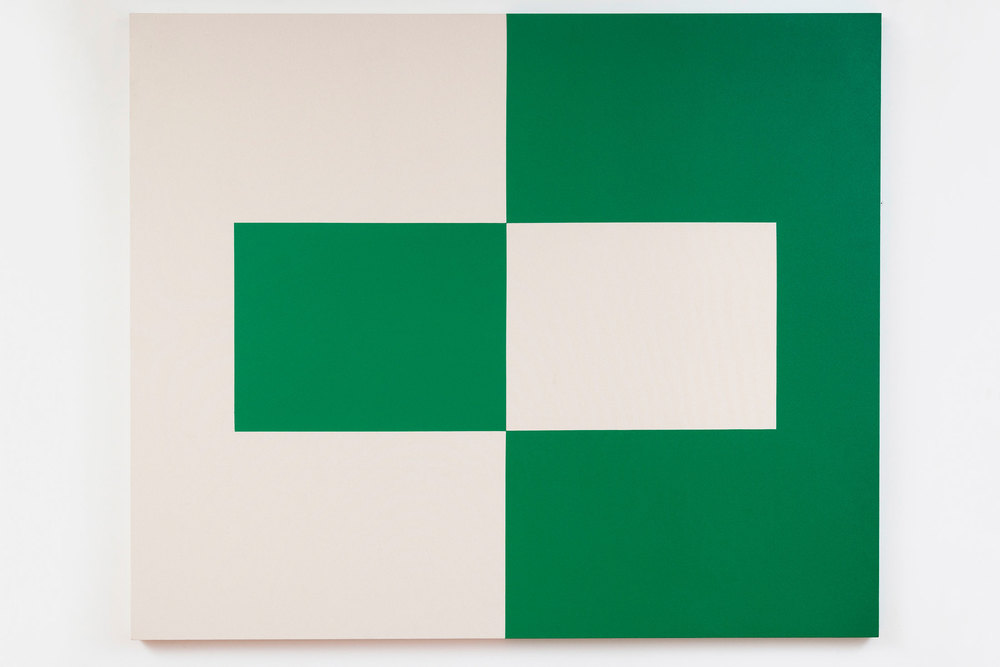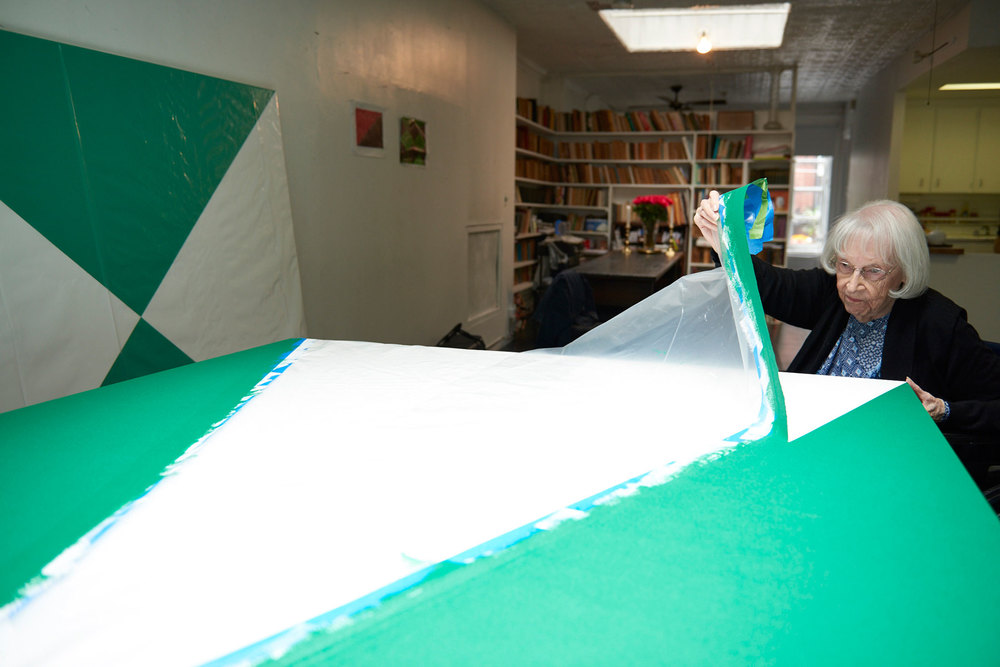Lisson Gallery director Alex Logsdail may have been raised in London, but he cut his art-world teeth in New York. He started with internships at Artforum and Deitch Projects, followed by two years working at then-“It” gallery Team. Following this, in late 2009, he returned to his native city to work for Lisson—which his father founded in 1967—but Logsdail had an itch to get back to New York. “I returned four years ago as more and more activity started to take place in North America for our artists,” says the 30-year-old Logsdail, “and to ultimately begin planning Lisson’s New York gallery.” He adds, “Having a broad view of how things operated in various galleries and cities was invaluable and in retrospect was something of a baptism by fire.”
This month, Lisson’s fourth space and the first in the U.S.—it follows two London locations, and a third in Milan, which opened in 2011—opens with a show by 100-year-old Cuban-American artist Carmen Herrera. “This is a particularly special exhibition, as it will feature recent paintings by Carmen from the last two years,” Logsdail says. “On the eve of her 101st birthday, she still works and paints in her [New York] studio every day.” The gallery exhibition is just a preview to a major survey show in September of the artist’s work at the Whitney Museum of American Art, just blocks from the gallery.
The 4,500-square-foot space—designed from ground up by architect Markus Dochantshi of Studio MDA and Studio Christian Wassmann—runs the length of a city block and sits directly under the High Line. It features two full-length skylights on either side of the elevated park to allow natural light to move through the space. “While informed by the aesthetics of our other galleries in London and Milan, it’s our largest single-room exhibition space,” Logsdail says. “Constructing a new building that was situated underneath the High Line was an involved process, but the end result is one we’re very pleased with. I’m hopeful that the architecture and the geographical backdrop will inspire artists to create challenging and inspiring new works or new ways of presenting their existing practice.”
By positioning the New York gallery as a venue to host shows by artists who currently don’t have representation in the U.S.— and many who have limited visibility in the U.S.—Logsdail hopes that the program will expose American audiences, including museum directors and collectors, to some of their international roster for the first time. “The gallery has had a strong presence in New York since the early 1970s,” he says, “[so] the opening of a space here is a natural evolution of the gallery’s strong history with the city and the long list of American artists that we currently represent or have represented over the years.”



